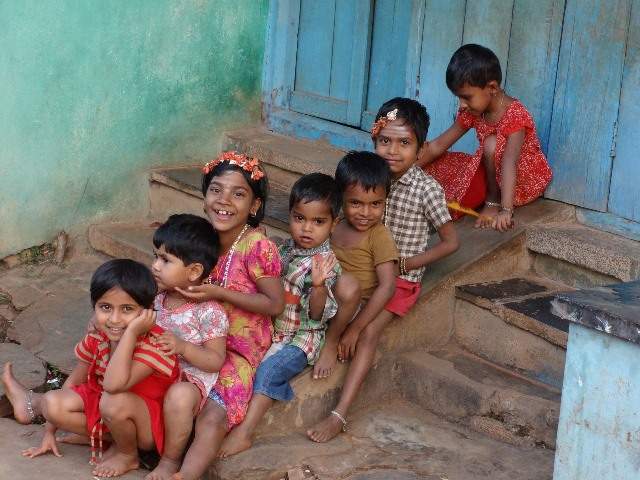The Caste System
India's caste system, which splits up Hindus into different societal groups according to their work and birth, is thought by researchers to go back some 3,000 years.
Caste is similar to a social class, but mobility is impossible, and discrimination can occur among those of the same economic class.
Scheduled Castes and Scheduled Tribes are officially designated groups of historically disadvantaged people in India. The terms are recognized in the Constitution of India (1950) and groups are designated in one or other of the categories.
Scheduled Caste people are ones who were previously untouchables. Scheduled Tribes are communities of people who lived in tribal areas (mainly forest).
Scheduled Castes have been physically and socially excluded from mainstream society, denied basic resources and services, and discriminated against in all areas of life. Accordingly, they face various forms of exploitation, insults and violence, as well as degrading practices of untouchability.
The Scheduled Tribes were equally exploited on grounds of not falling within the caste system but having a distinct culture and worldview of their own.
Current Political Power in India
The Hindutva's ethno-nationalist and religious ideology, which says there is no true Indian except Hindu, has ancient roots. In the 1990s, the rise of the lower castes and their demand for "positive discrimination" policies led supporters of this nationalist bent to take the political field more seriously. The BJP party (Bharatiya Janata Party), the political arm of nationalist thinking, started obtaining local victories.
This brought to power Narendra Modi in 2014 and he was re-elected in 2019. His strategy was to add a strong component of "national-populism" to Hindutva's ethno-religious nationalism. Like all populists, he presents himself as a man of the "people," and a victim of the political, media and academic establishment. As well, he focused on ethno-religious polarization to minimize the social polarization that excluded the poor from the BJP vote.
By diluting caste identities, this ethno-religious polarization (all Hindus, all castes combined, must unite against non-Hindus) allows it to broaden its electorate. The voters of the middle class are added to those of the poor populations. Indeed, many poor people can identify with Hindu nationalism if they are fueled by the fear of the other and transformed into anger and even hatred.
Some analysts refer to India as an "ethnic democracy," referring to a regime that remains democratic, but where citizens of the majority ethnic group have more rights than others. While the 1950 Constitution gives all religions equal rights in the public sphere, official discourse now refers to India as a "Hindu Rashtra nation."


